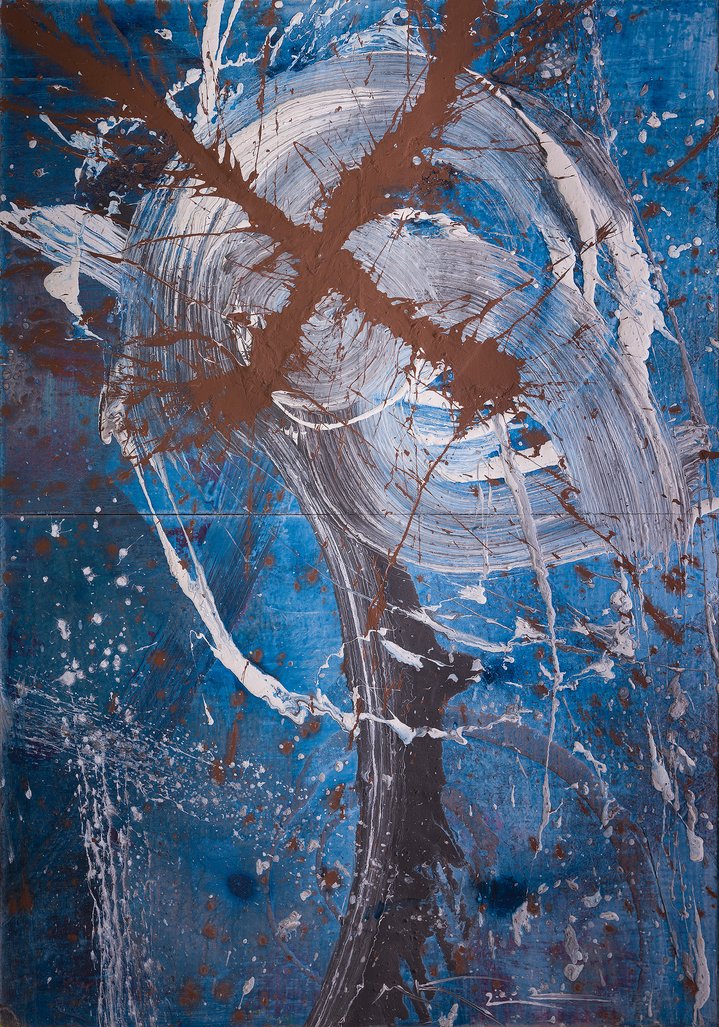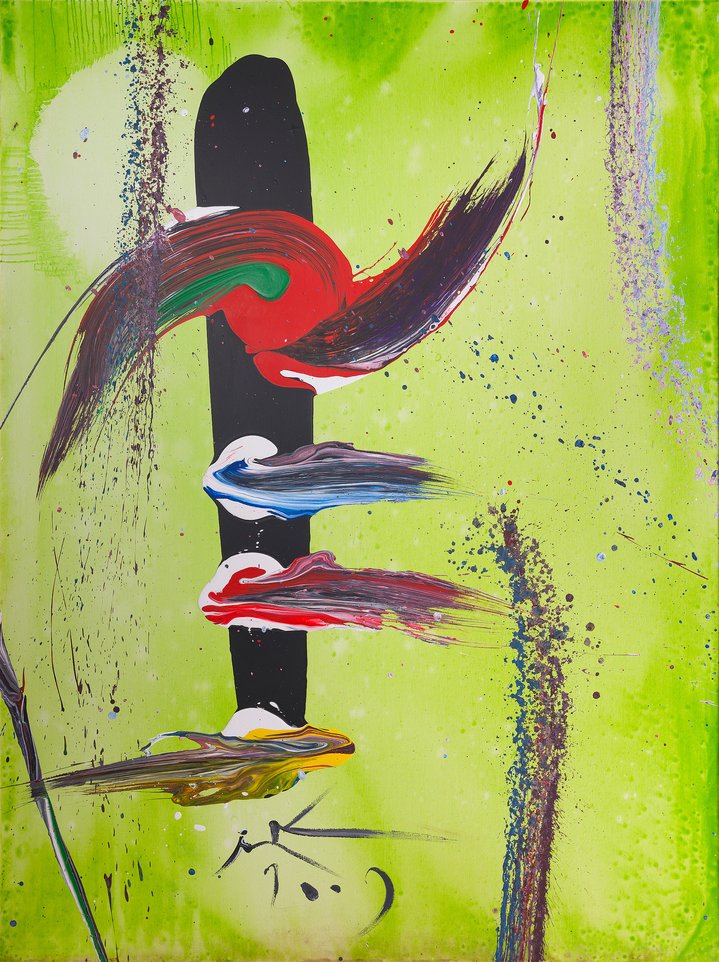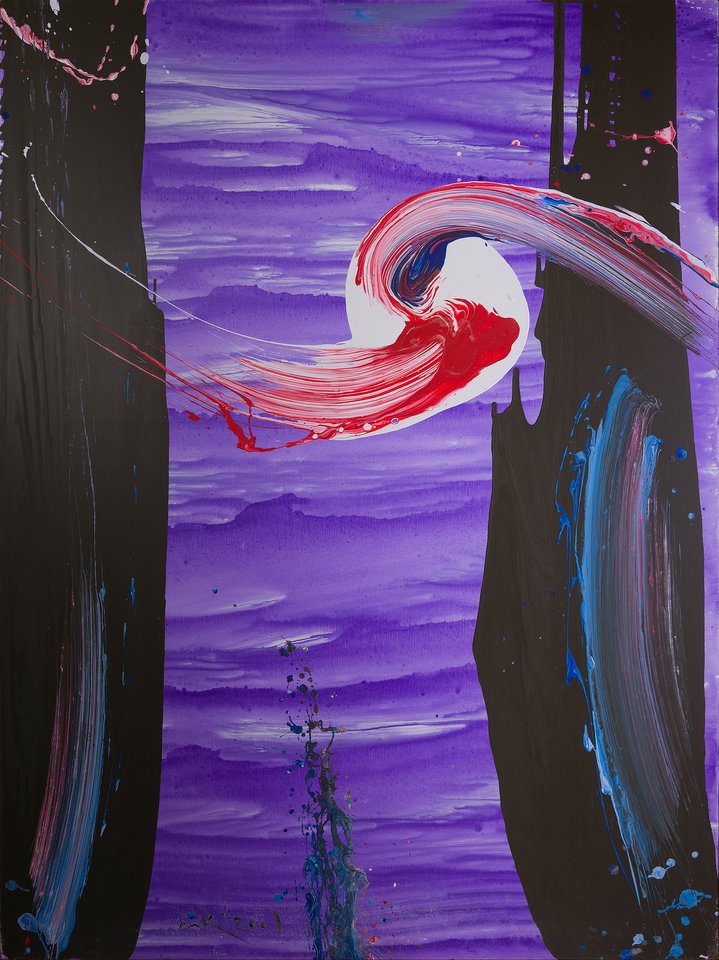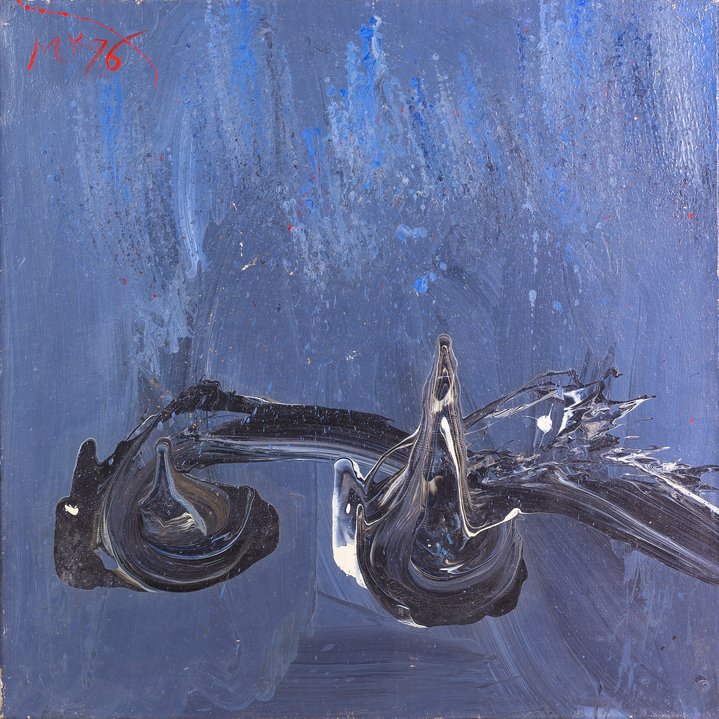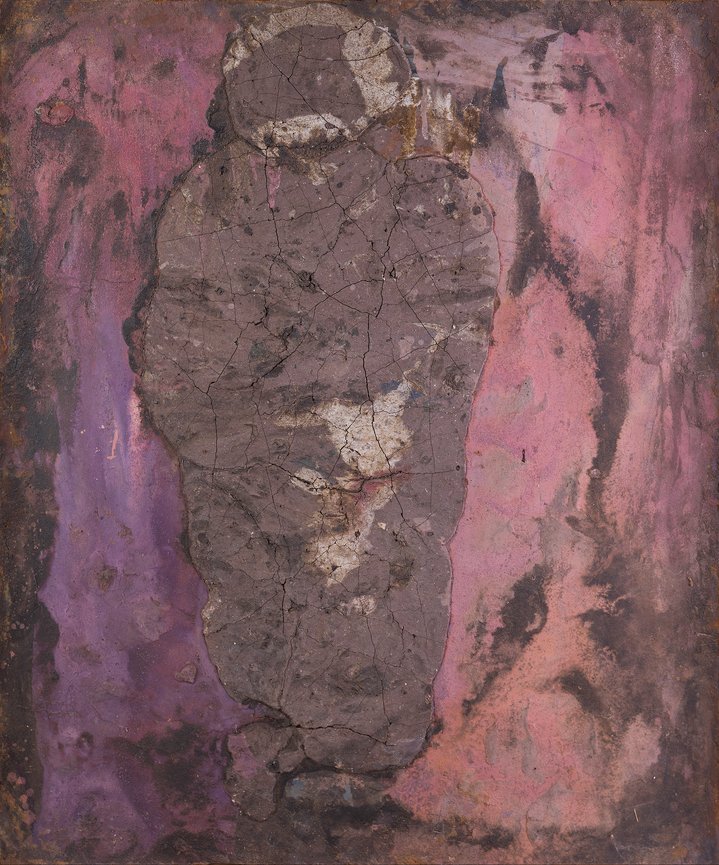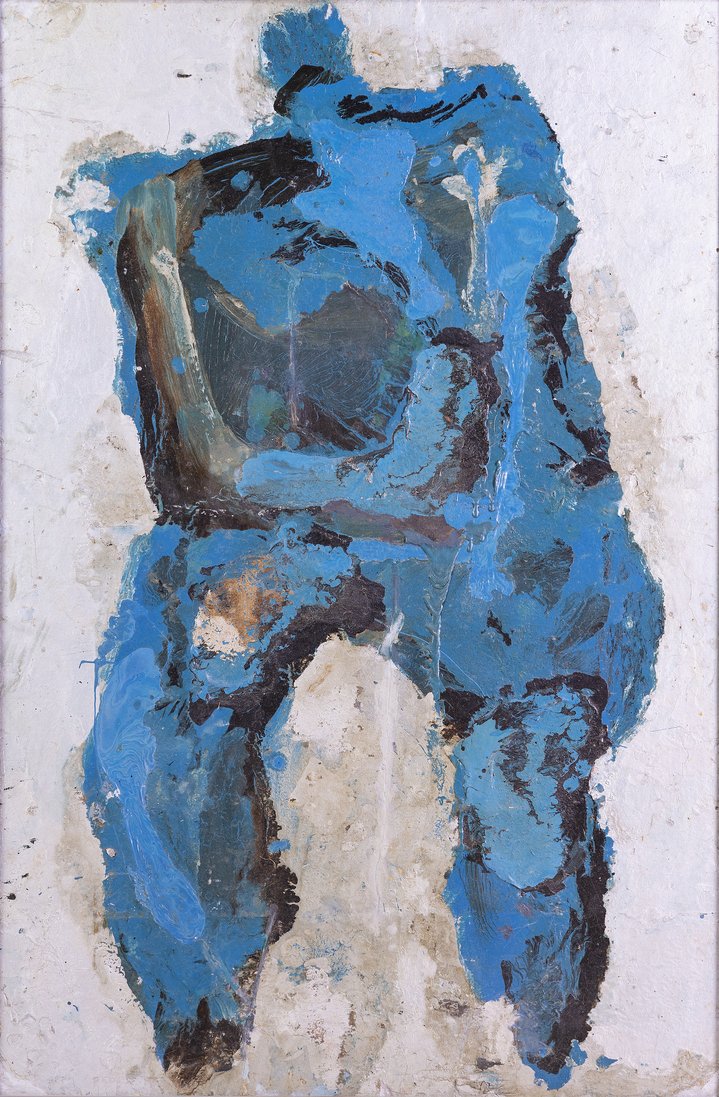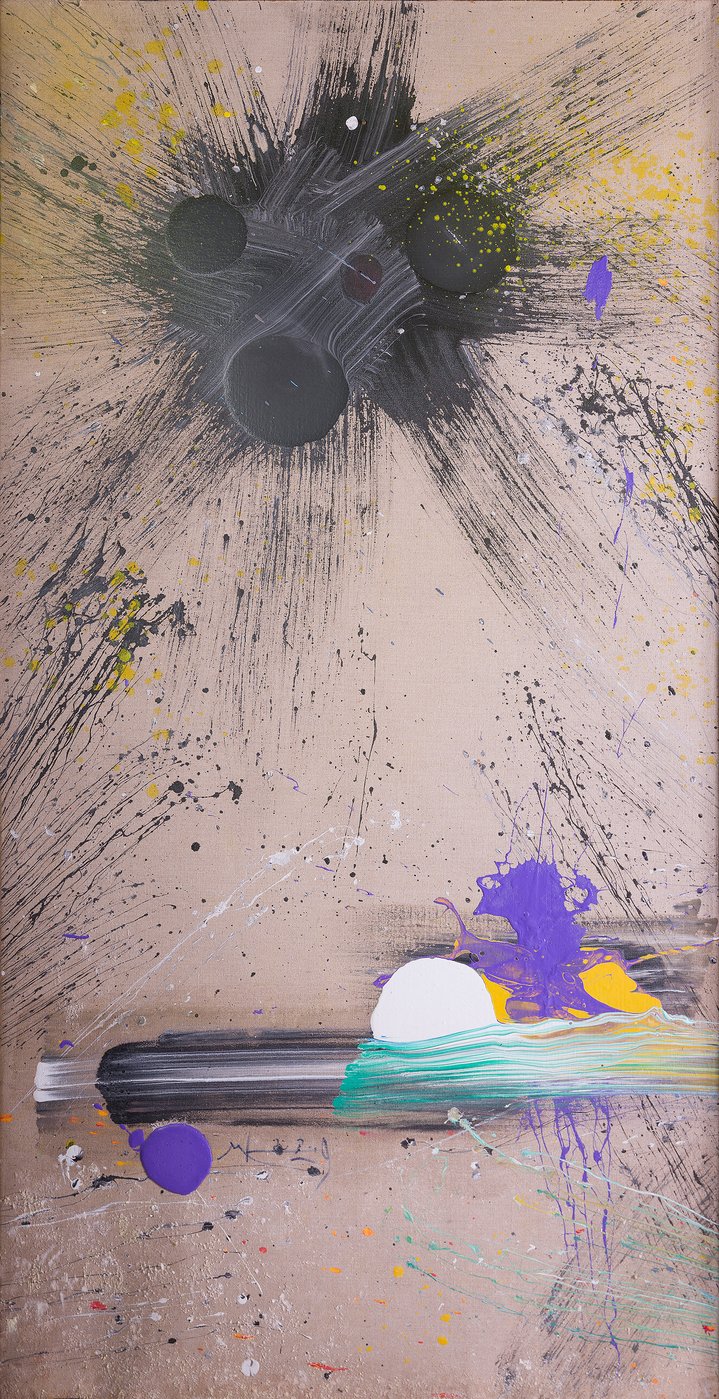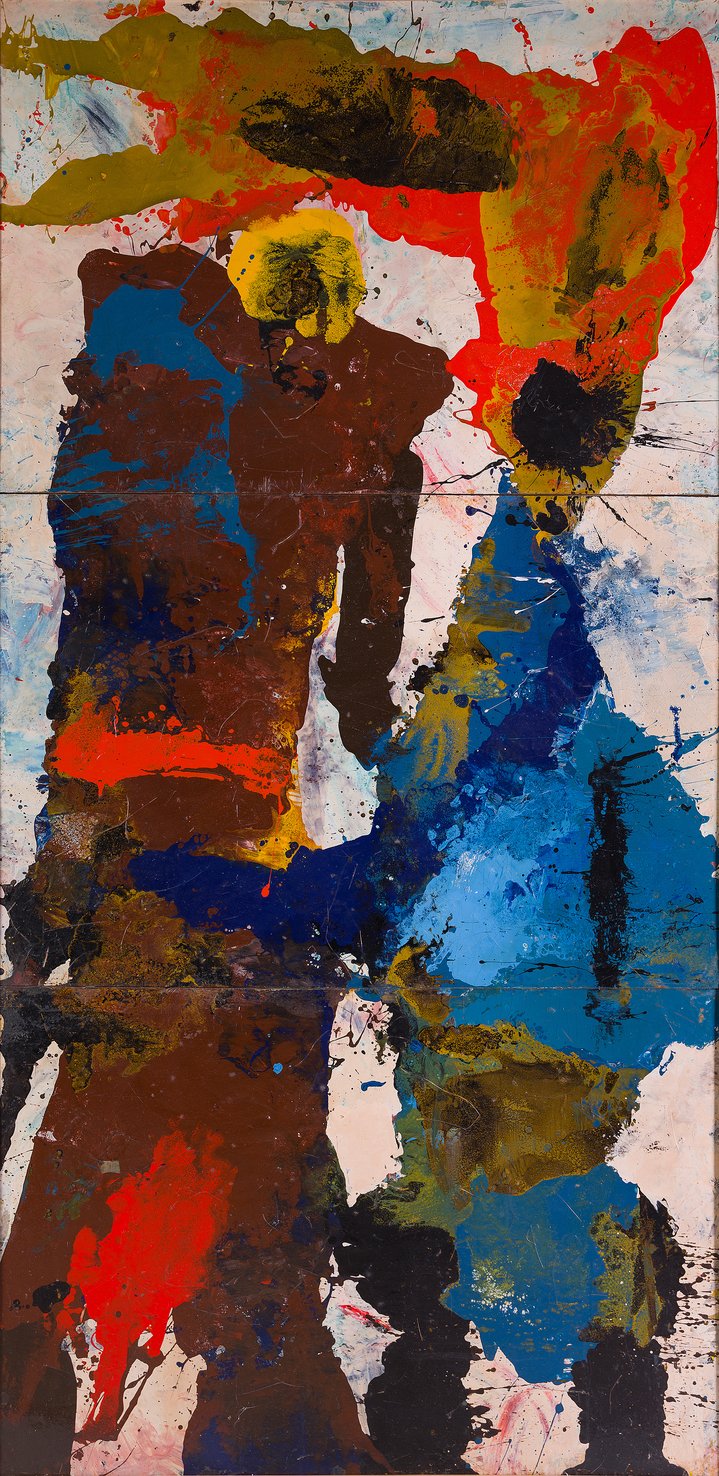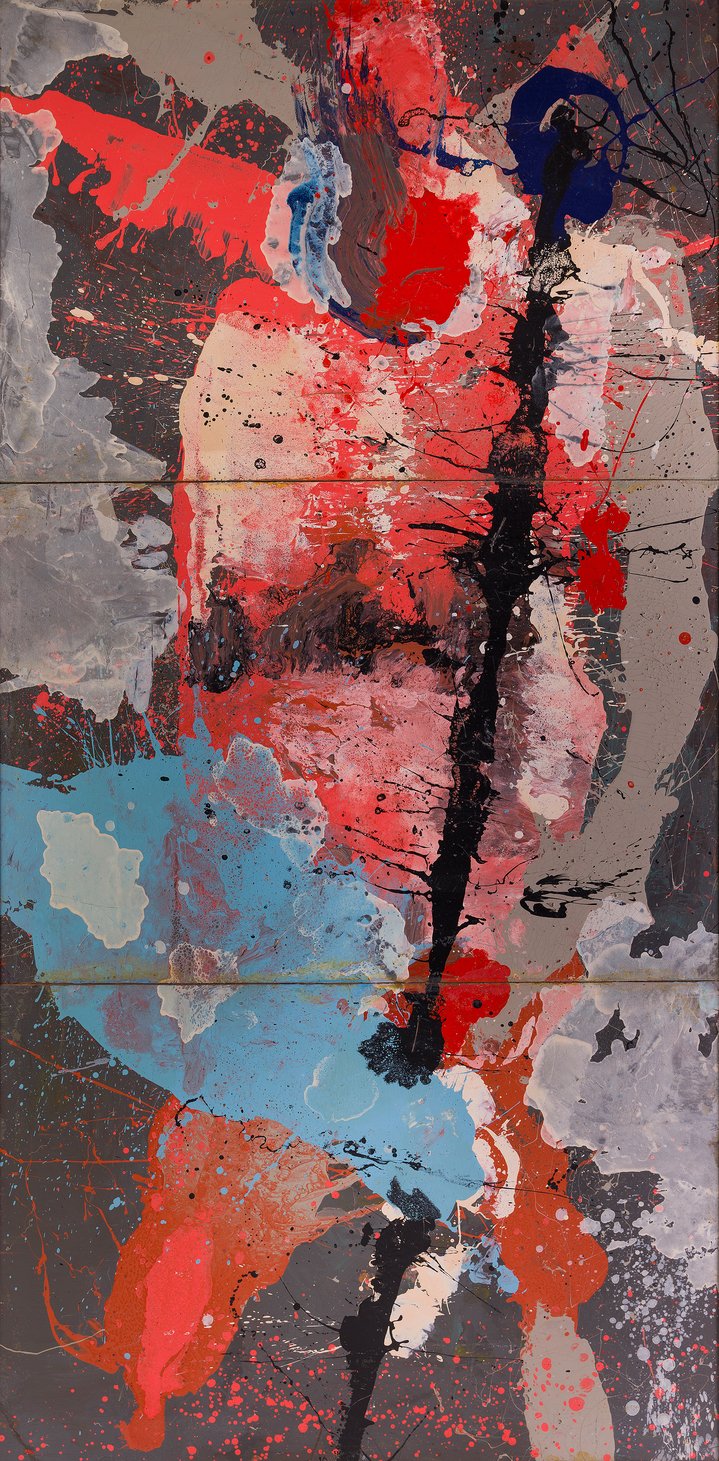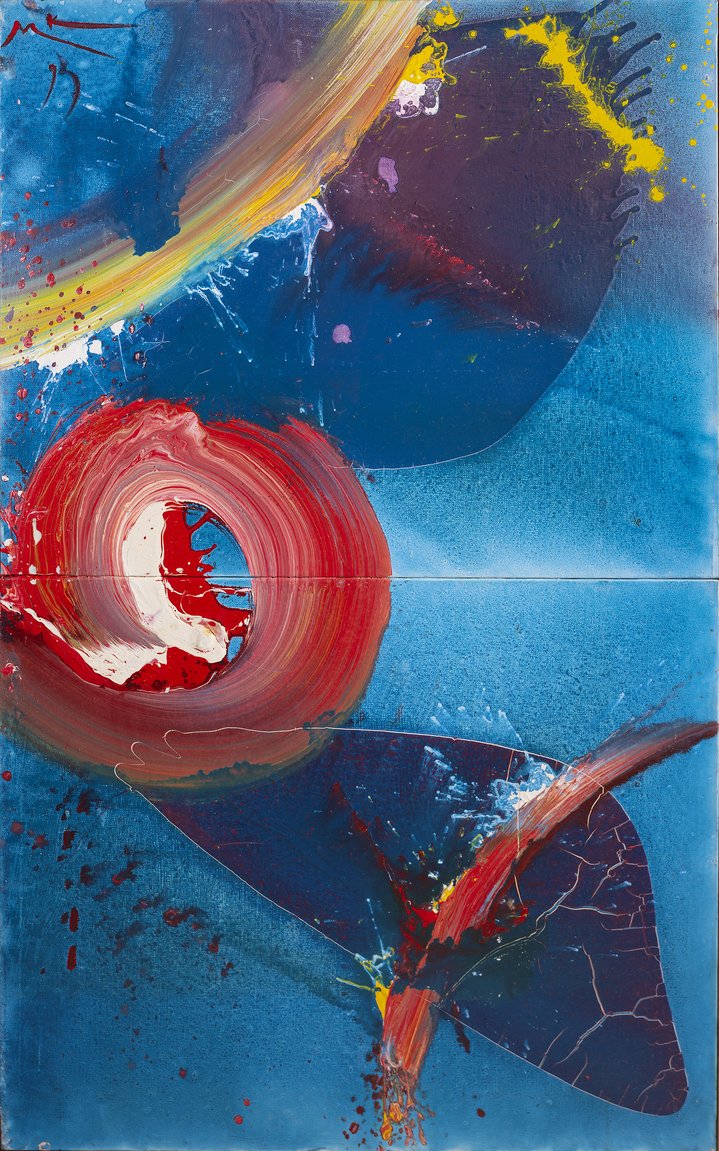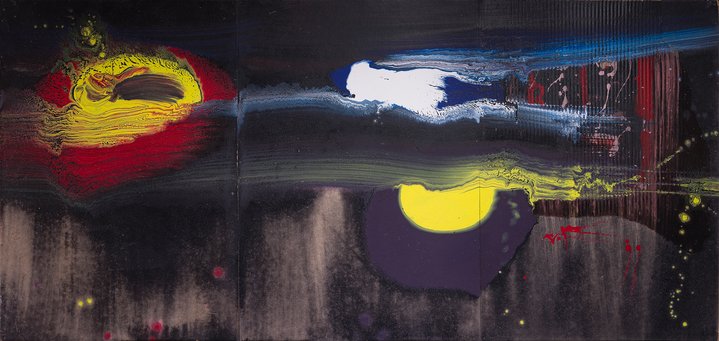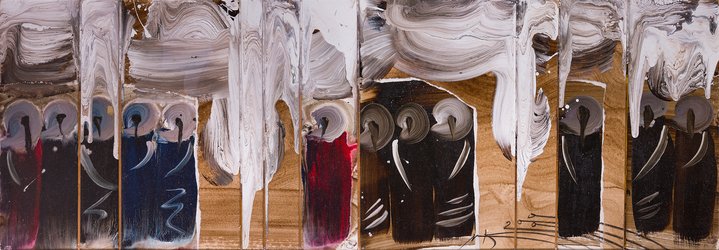Breaking the borders

Mikhail Koulakov. Summer, 1991. Oil on canvas
Moscow will this month honour Mikhail Koulakov, one of the fathers of Russian abstraction who, like so many Soviet artists, had to leave his homeland in order to be able to develop his art. The Moscow Museum of Modern Art will on April 23 unveil the artist’s first a large-scale retrospective show since he died in Italy four years ago, aged 82.
The exhibition will be dedicated to the late Soviet leader Nikita Khrushchev’s “Thaw,” which ended the terrors of Stalinism after the dictator’s death in 1953. Koulakov was one of the first artists to revive contemporary art and defy the restrictions of Socialist Realism, the imperial language of art developed under Stalin understandable to the widest possible audience.
Such a revival was possible because of the much freer atmosphere that ensued after Stalin died. In October 1956, the impossible happened. A Picasso exhibition was held at Moscow’s Pushkin Museum of Fine Art. Of course, the fact that Picasso was a member of the Communist Party certainly helped.
In 1957, Finnish artist Lars Gunnar Nordstrom (1924-2014) exhibited his geometric paintings in Moscow in honour of Kazimir Malevich (1878-1935), an artist whose works had long been relegated to Soviet museum vaults for ideological reasons. That homage was part of a World Festival of Youth and Students, whose foreign participants brought abstract art to the Soviet Union. But even though abstract art could now be viewed in Moscow and St. Petersburg, it was not necessarily accepted by the authorities. The Soviet press remained unrelenting in its criticism of this kind of art, and continued to present it as proof of the West’s “decay.”
The forthcoming exhibition’s curator, Andrei Erofeev, describes Koulakov as an artist who was trying to overcome the country’s dramatic history and the first to try to start a new life from scratch. “It is free of the local or ideological,” he told Russian Art Focus.
Koulakov was not just one of the first to experiment with abstraction. In 1959, he also created an art show in the former home of the great Russian bass Feodor Chaliapin (1873-1938). It became the first Soviet "happening," and was also one of the first exhibitions of Soviet contemporary art not to take place in secret within the walls of an artist's home.
In 1959, on the day that a major exhibition of American artists opened in Moscow, including works by Jackson Pollock (1912-1956), Mark Rothko (1903-1970) and Willem de Kooning (1904-1997), the Soviet press unleashed a diatribe against Koulakov, describing him as a “parasite,” “bully,” “drunkard” and “libertine.” In Soviet times, such criticism often foreshadowed prison or exile. Koulakov fled to Leningrad and went into hiding with the help of friends.
In 1976, Koulakov married Marianna Molla, an Italian citizen, and left the Soviet Union with her to settle in Italy. Throughout his entire career, before and after his emigration, Koulakov worked with almost all types of abstraction. Starting from abstract expressionism and tachism, he went through art informel and lyrical abstraction, ultimately arriving at a new sacred art and cosmogony, free of boundaries for the artist.
Mikhail Koulakov. The style of the “Thaw”
Curator Andrei Erofeev
23 April – 9 June 2019






